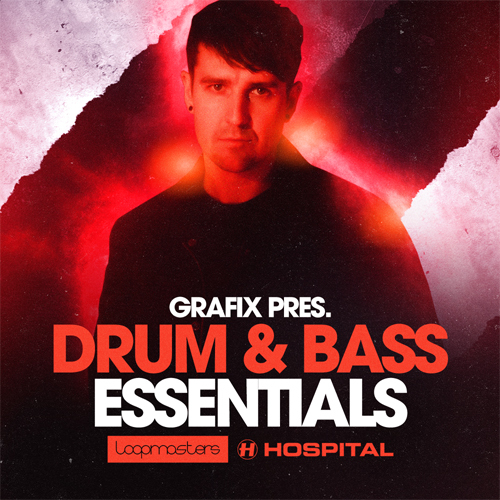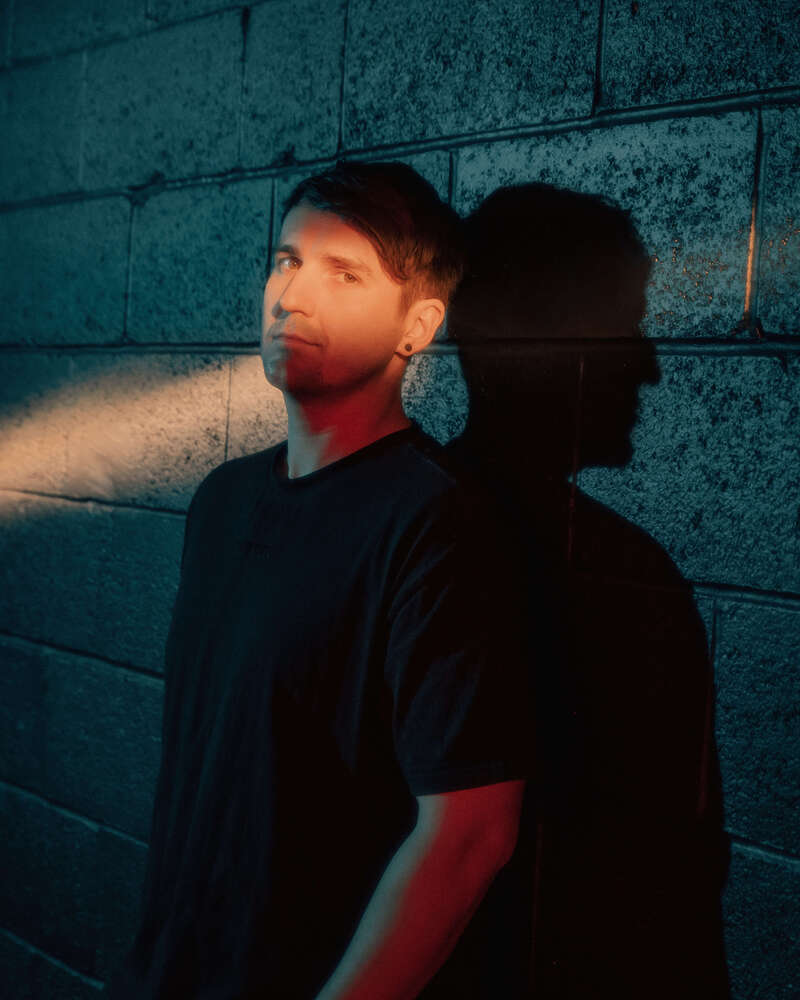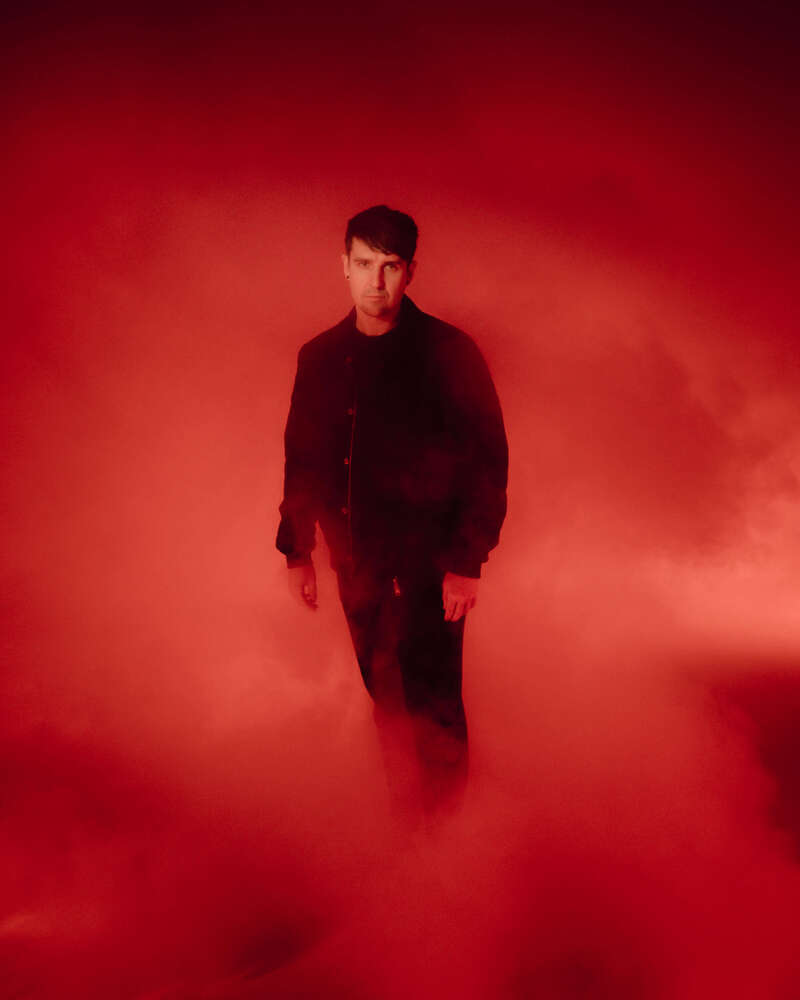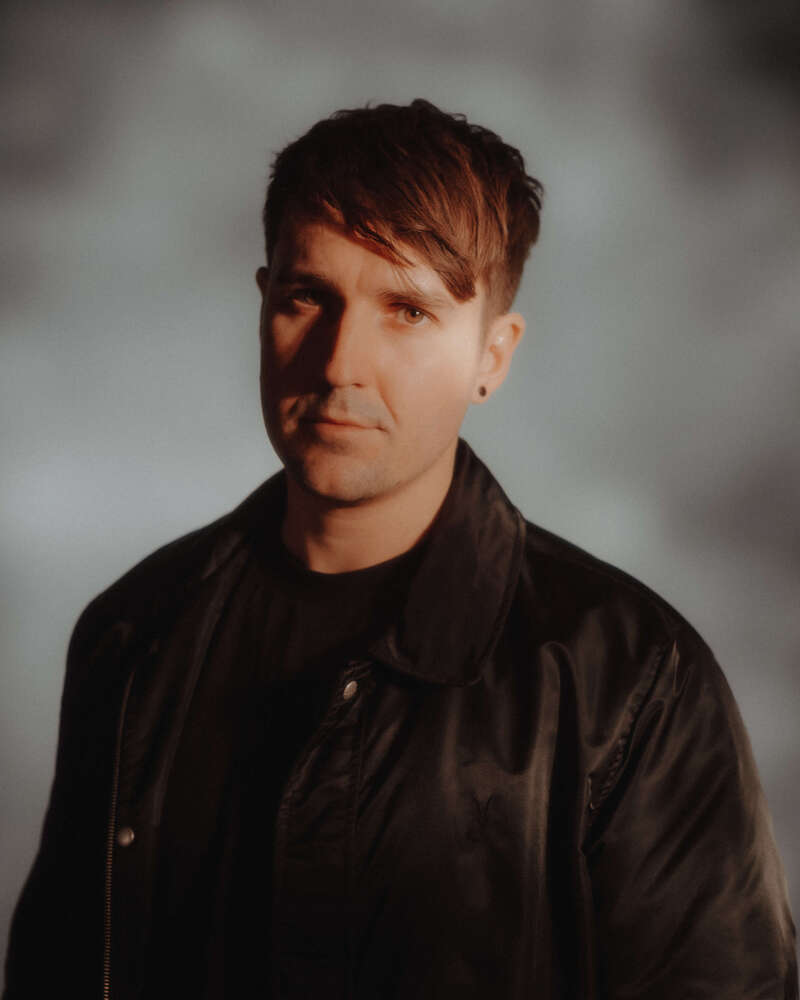Blog
DnB Heavyweight Grafix Delivers an Essential Dancefloor Toolkit
1 Sep '2022
The DJ and producer’s new sample pack fizzes with high octane drum and bass energy
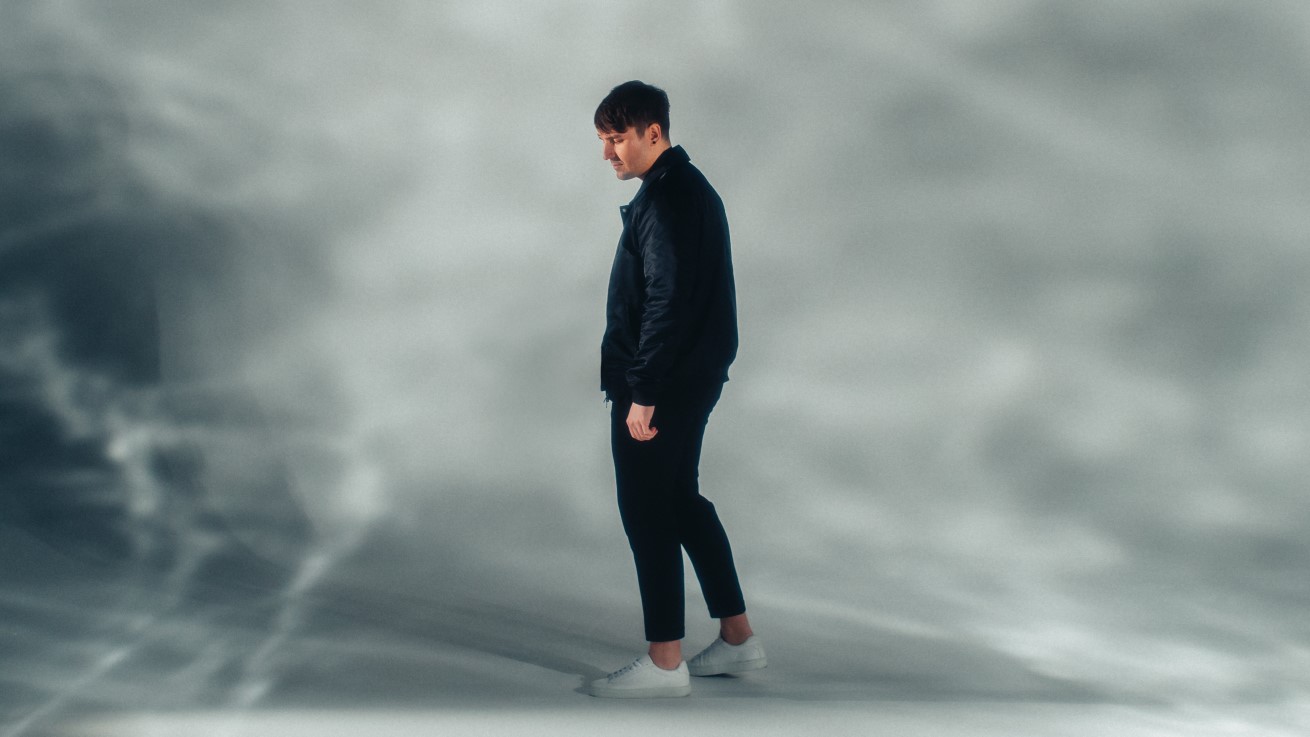
One measurement of success is a busy calendar, so it’s a good sign that when we meet on Zoom for our interview drum and bass DJ/producer Grafix is fresh off the back of an action-packed weekend:
“We got stranded in Amsterdam yesterday. It was quite a big weekend there for Liquicity and I’m sure you’ve heard but it’s pretty nightmarish travelling at the moment from Schiphol, so we had to stay for an extra night. But it was all good!”
Big festivals and tours are nothing new to an artist who’s been enjoying some hugely productive years of late. Ending his time as one half of the fan favourite production duo Fred V & Grafix in 2018, Grafix immediately set about forging his own path as a solo artist. Continuing on his label home Hospital Records, the drum and bass heavyweight explored a darker and more experimental sound on singles like ‘Distressed’, ‘Stutter’ and ‘Acid Generation’, which reached No.1 in the Beatport Drum & Bass chart.
Counting Annie Mac and Zane Lowe among his admirers from the Fred V & Grafix days, support for Grafix’s solo output has continued to pour in from airwave tastemakers such as Rene LaVice, Danny Howard, Charlie Tee, and Mollie Collins. His debut solo album, Half-Life, hit the shelves in May, featuring collaborations from Metrik, Lauren L’aimant, Reiki Ruawai, and Chrissie Huntley, and later on, in the year a US and Canada tour awaits.
Even with all this going on, Grafix still managed to link up with Loopmasters to bring you Drum & Bass Essentials, a sample pack that distills his signature pulse-pounding sonics into one easy-to-use toolkit.
What were your beginnings in music production?
My earliest memory of delving into music production was when I was about 14 or 15. I’d spent probably a couple of years by that point playing an electric guitar terribly, listening to a bunch of punk music and wanting to be in bands. I never got any better than thrashing out four power chords, that was the extent of my musicality with instruments.
Back then I used to go round and jam with a few of my friends down the road, and one of them, Ben, had a computer with FL Studio on it. I remember walking in and he was in the step sequencer, clicking buttons and making loops. This was my first introduction to the fact you could even do that on the computer. I went home and downloaded the demo version of FL Studio, which I used for the next year and a half.
I couldn’t even save projects, that’s how old school this was! If I needed to come back to a project in a few days and work on it more I would just leave the program open until I eventually finished the track, and then I’d move on. That was my first experience dabbling with sequencing in a DAW.
And at that time were you listening to electronic music or still listening to punk?
Drum and bass was the first electronic genre that I got interested in, along with breakbeat and a bit of house and techno as well. I got more into the DnB stuff when I was 16. A lot of my friends listened to it, and a couple of my older friends were starting to go to raves. I slowly got into that scene when I was probably slightly too young, pinching friends’ IDs and getting into clubs when I was 16 or 17.
We used to go and watch people like Stanton Warriors and Plump DJs, and the various drum and bass people that used to come through Exeter. I would jump on FL Studio to try and write tracks in that style. There were probably some awful indie-punk knock-offs as well. It would be hilarious if I could listen to those projects now, but I’m also kind of glad that I can’t!
After FL Studio what DAW did you move on to?
The next step was getting a Macbook and Logic Pro. I stuck with Logic for around four years, right up until around the time that Fred and I started producing together. He was using Acid Pro at the time and I was on Logic, so we had to do a lot of bouncing down and finishing tunes in separate DAWs that had different audio engines and tools. The consistency of our mixes was all over the shop at the beginning, so we both decided to get Ableton Live so we could work together on projects. I’ve been using Ableton for the last 10 or 12 years.
Why do you think you ended up in a production duo rather than going solo?
First and foremost, Fred and I were actually solo producers when we first met. We weren’t strong-armed into becoming a duo, but it was an option that Hospital Records gave us. They wanted to sign both of us as a duo, and I don’t think they wanted to leave either of us behind.
At that point, Fred had released one solo track on Hospital, and although they were looking at some of mine, they hadn’t fully signed anything yet. We would send them solo tracks and collaborations, and I think they just liked the collabs and wanted to build a project from the ground up. We’d written a few things together before that, so they told us they’d sign us a duo – and thus we became a duo!
In the studio do you use more software or hardware?
Definitely more software. I have a Prophet 6 that I use to kick things off sometimes by finding some weird ambiences or textures, and a few guitars and pedals. The things I get out of the Prophet I probably wouldn’t have stumbled across in Serum or something like that, so it’s definitely a good source of inspiration, but generally I’m pretty simple and all in-the-box.
Are there any plugins, in particular, you’re enjoying using at the moment?
Most of my favourite plugins are to do with mixing rather than inspiring creativity, for example Trackspacer, Soothe and Neutron. I quite like the process of having everything freeze/flattened and being at the stem mix stage where you can really fine tune things. I’ve had a lot of comments about my mixes sounding a lot better in the last year, and I think a lot of that is down to making sure everything has its own space.
How did you find the experience of putting together Drum & Bass Essentials?
It was an interesting experience. I’d definitely like to do another sample pack and keep building on it because I think it’s a unique thing to do. I tried to use as many of my processes as I do in my own tracks. There’s a bunch of ambient loops in there that I made through various Prophet patches going through Shimmer and other effects. There’s also some bass hits and loops that are more from the Serum realm, and a few weird FX loops. All in all, there are quite a lot of little bits of sauce in there that you can add to drum and bass tracks.
The sounds should be quite easy to utilise, and there’s a lot in there that people will recognise from my sound over the years. A lot of the drum top loops and builds in the pack are sounds that I’ve used in various tracks at some point, and they work really nicely. It’s a very easy, fresh way to get your dancefloor drums going quite quickly, and hopefully, it will help some people out!
How would you recommend people get started with the sample pack?
If you listen to the demo track, everything in there is something that you can use. I managed to make some cool dancefloor tracks just from a basic arp with bass underneath and a drum loop; all you need to do is add your side chaining and you’re good to go.
I’m sure everyone has their own way of working with samples, but what I’ll often do is take a loop and chop it up to make other things out of the loop. I don't necessarily have to use that whole 8-bar turnaround, or whatever it is. You can take a hit out of it, repeat it, chuck some reverb on it, freeze and flatten it and then reverse that. There are so many weird and wonderful ways to turn samples into something completely different.
In the future, how do you see your sound developing?
With Half-Life, I feel like I touched on the sounds and ideas that I’ve been wanting to do for a long time. You always get presented with options; do you reinvent the wheel or stick to what works? Moving forwards, I want to have a nice combination of both approaches and push myself a bit more.
My goal has always been to achieve dynamic, high energy mixes that are delicate enough for home listening but big and loud enough to smash up the dancefloor.
My goal has always been to achieve dynamic, high-energy mixes that are delicate enough for home listening but big and loud enough to smash up the dancefloor. I always want to achieve that synergy, but I think moving forward I’d like to experiment more in terms of space, and having less elements going on in a track. That “less is more” strategy is something that really excites me, and I’ve worked a lot with Metrik where we’ve sat down and set down a few goals like that before writing songs.
Drum and Bass is going through a bit of a moment right now, are there any artists out there that are inspiring you?
I’m always crazy impressed with Imanu and the Caracal project, I think they innovate better than anyone. There are tonnes of producers doing great things at the moment, there’s a really fresh new wave of dancefloor producers like K Motionz, Subsonic, Lee Mvtthews and Pirapus. They’re all making really high-quality dancefloor drum and bass, and keeping us all on our toes. It’s awesome to see! I speak to a lot of those guys, so there are a lot more collaborations that I’ll look to do.
